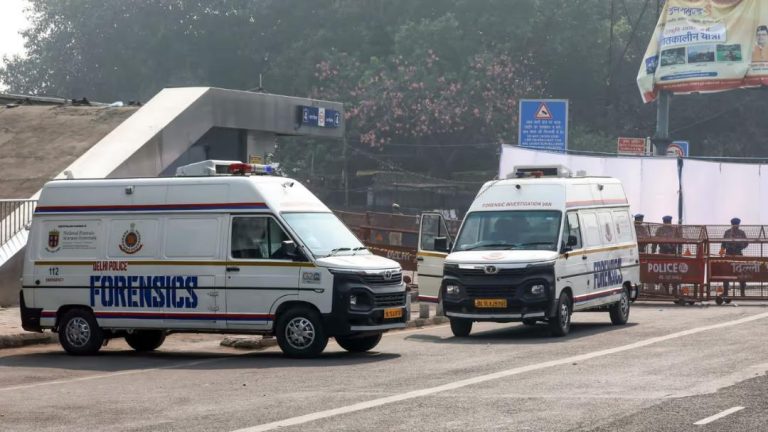
What did J&K locals arrested for housing Pahalgam terrorists tell government?
In a recent development, Union Home Minister Amit Shah revealed in the Lok Sabha that two Jammu and Kashmir locals, arrested for providing shelter to terrorists involved in the Pahalgam attack, shared crucial information with the government. The arrested individuals, whose identities have not been disclosed, allegedly allowed terrorists to take refuge in their hut, located approximately 2 kilometers from the Baisaran Valley. This revelation has sent shockwaves throughout the region, sparking concerns about the extent of terrorist infiltration and the role of local support in these attacks.
According to Shah, the terrorists, who were armed with AK-47 and M9 Carbine rifles, arrived at the hut on April 21. Two of the terrorists were dressed in black outfits, which suggests a level of preparation and planning. The Home Minister’s statement implies that the terrorists did not hesitate to use their weapons, and it is likely that they were prepared to engage in combat with security forces if necessary.
Once inside the hut, the terrorists allegedly rested, ate, and drank tea. They reportedly took some food, salt, chillies, and spices with them when they left, which suggests that they intended to use the supplies to sustain themselves during their stay. The fact that they took these items, rather than simply consuming them at the hut, implies that they had a premeditated plan to stay in the area for an extended period.
The revelation has raised several questions about the extent of terrorist infiltration in the region. It is unclear how many terrorists were involved in the Pahalgam attack or whether they were part of a larger network. The fact that the terrorists were able to reach the hut without being detected suggests that there may be gaps in the security apparatus, which needs to be addressed.
Moreover, the involvement of local residents in providing shelter to terrorists raises concerns about the level of support within the community. It is unclear whether the arrested individuals were coerced or whether they were motivated by ideological beliefs. The government has yet to provide further information on the matter, and it remains to be seen how this incident will impact the region’s security situation.
The Pahalgam attack is just the latest in a series of incidents that have highlighted the growing threat of terrorism in Jammu and Kashmir. In recent years, the region has witnessed a surge in attacks on security forces, including the use of improvised explosive devices (IEDs) and ambushes. The government has responded to these incidents with a range of measures, including increased security deployments and counter-terrorism operations.
However, despite these efforts, the threat of terrorism remains a significant concern. The fact that terrorists were able to reach the hut and rest at the location without being detected suggests that more needs to be done to improve intelligence gathering and security coordination.
The government’s response to the Pahalgam attack has been criticized by some for being slow and ineffective. The delay in responding to the attack has been attributed to a range of factors, including inadequate intelligence and a lack of resources. The government has promised to investigate the incident and take action against those responsible, but it remains to be seen whether these efforts will be sufficient to address the underlying issues.
In conclusion, the revelation that Jammu and Kashmir locals arrested for housing Pahalgam terrorists told the government that terrorists reached their hut, 2km from Baisaran Valley, on April 21, is a significant development in the region’s security situation. The fact that terrorists were able to reach the hut and rest at the location without being detected suggests that there may be gaps in the security apparatus that need to be addressed. The government’s response to the incident has been criticized, and it remains to be seen whether further action will be taken to improve intelligence gathering and security coordination.
Source:






